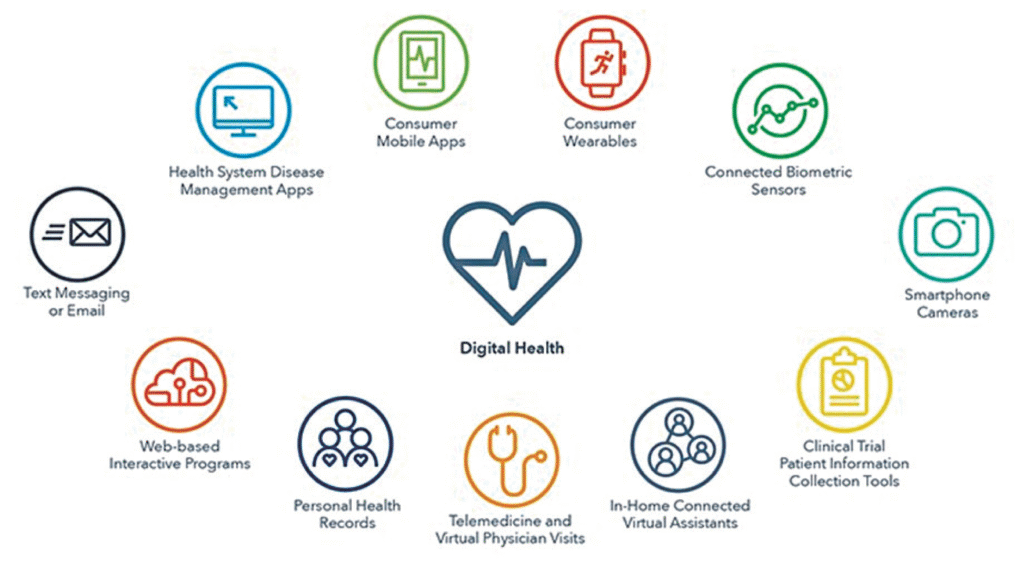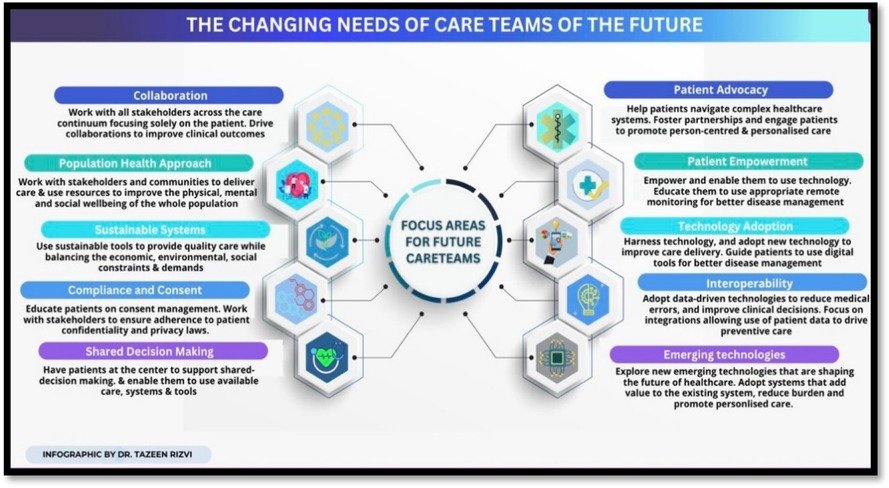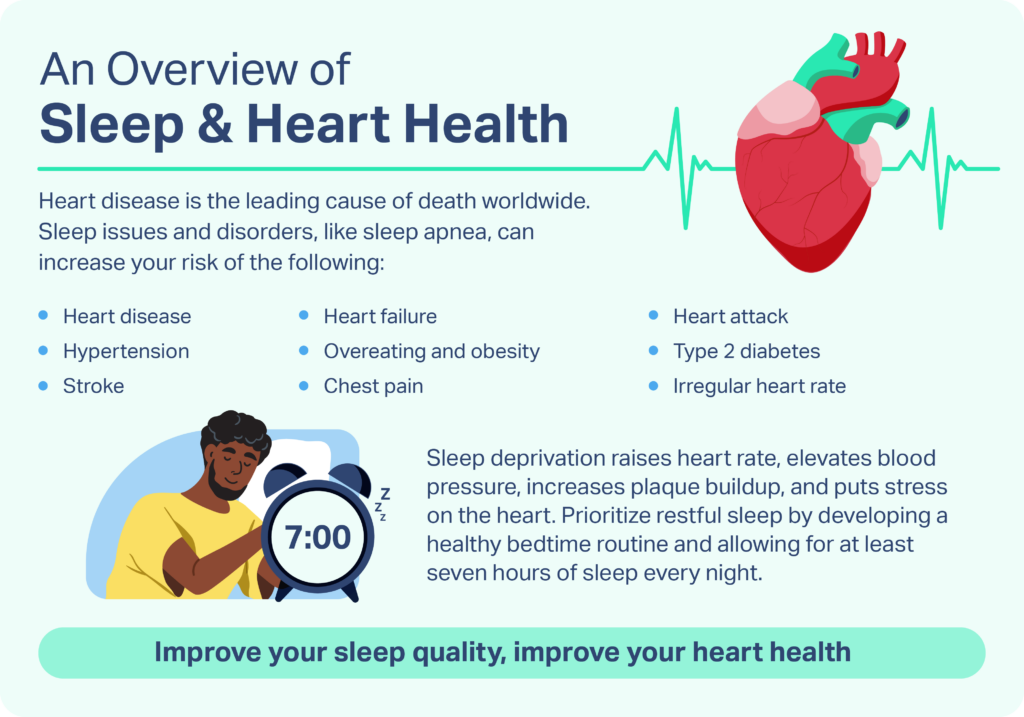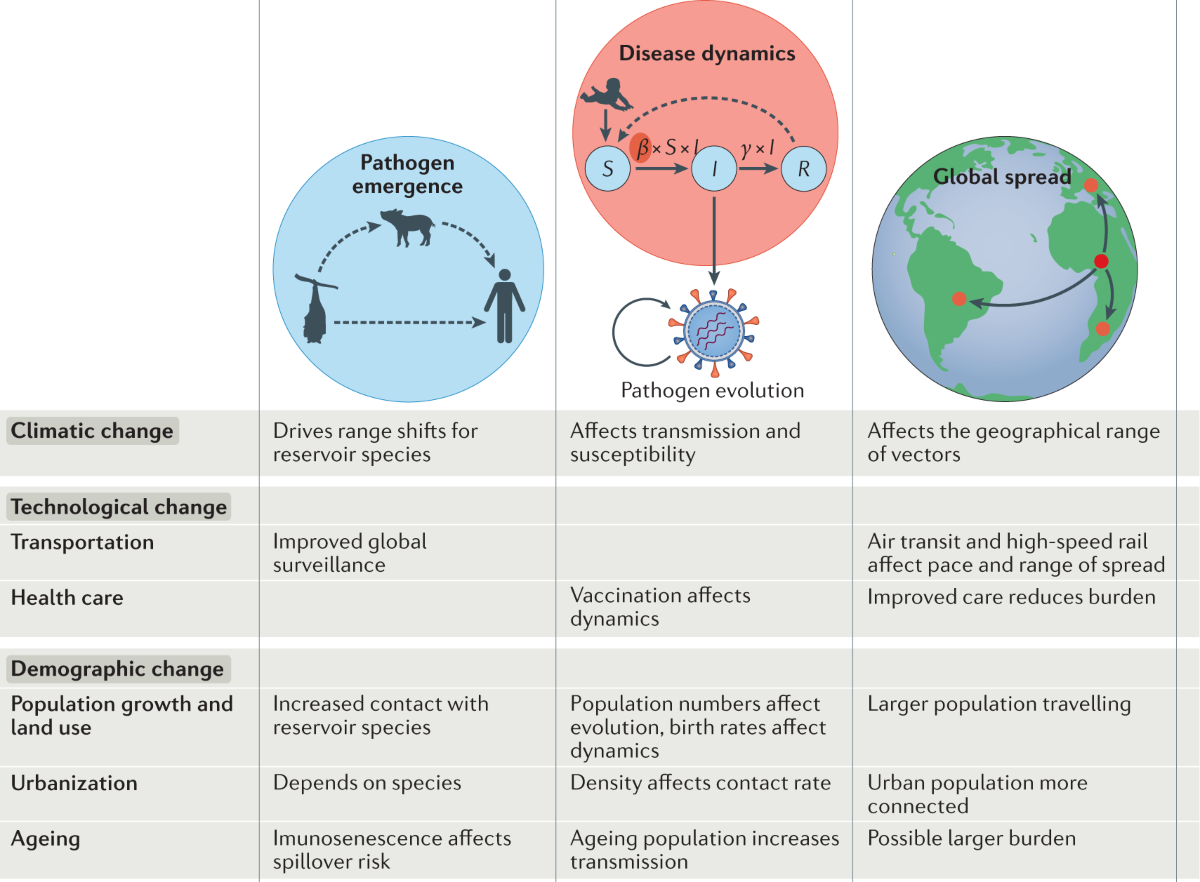Concise Summary
Technology and digital health are transforming lifestyle disease management in the U.S., offering tools for prevention, monitoring, and personalized care. Wearables, telemedicine, AI-driven apps, and remote patient monitoring enable Americans to track health metrics, manage conditions like obesity, diabetes, and heart disease, and make data-driven lifestyle choices. These innovations enhance patient engagement, reduce complications, and improve overall well-being.
Introduction: Lifestyle Diseases and the Need for Digital Solutions
Lifestyle diseases, including obesity, type 2 diabetes, cardiovascular diseases, and hypertension, are leading causes of morbidity in the United States. According to the CDC, over 40% of U.S. adults are obese, and approximately 34 million Americans have diabetes, many of which are lifestyle-related.
Traditional management strategies—doctor visits, medications, and self-reported lifestyle logs—often fail to provide real-time insights or sustained behavior change. Digital health and technology solutions fill this gap by enabling continuous monitoring, personalized interventions, and remote support.
Real-life Example: A 45-year-old software engineer in Seattle with type 2 diabetes started using a continuous glucose monitor (CGM) paired with a smartphone app. Within six months, he significantly reduced his HbA1c and improved lifestyle habits through data-driven diet and exercise adjustments.

How Technology is Revolutionizing Lifestyle Disease Management
1. Wearable Devices and Smartwatches
Wearables like Apple Watch, Fitbit, and Garmin track:
- Heart rate and blood pressure
- Physical activity and step count
- Sleep patterns
- Calories burned
Impact: Continuous tracking allows Americans to recognize patterns, set goals, and receive reminders to stay active, improving compliance with lifestyle interventions.
Example: A 38-year-old New York accountant with hypertension used a smartwatch to monitor blood pressure trends and adjust exercise routines, reducing medication dependency under physician guidance.
2. Telemedicine and Virtual Care Platforms
Telehealth platforms like Teladoc, Amwell, and MDLIVE enable remote consultations, monitoring, and chronic disease management.
- Reduces travel and waiting times
- Offers access to specialists for rural populations
- Facilitates continuous follow-up
Consumer Insight: A patient in rural Texas managed hypertension and obesity remotely through monthly video consultations and digital health coaching, achieving better adherence than in-person visits alone.
3. AI and Machine Learning in Disease Management
Artificial intelligence analyzes large datasets from electronic health records, wearables, and apps to:
- Predict disease risk
- Personalize lifestyle recommendations
- Detect early signs of complications
Example: AI-powered apps can predict glucose spikes in diabetics after specific meals, enabling preemptive adjustments in diet and insulin dosage.
4. Mobile Health Apps
Apps such as MyFitnessPal, Noom, and Glucose Buddy help users track:
- Food intake and caloric consumption
- Exercise routines and goals
- Blood glucose and blood pressure
Impact: By offering instant feedback and reminders, mobile health apps foster accountability and motivation.
Real-life Example: A 29-year-old marketing executive in Boston reduced BMI by 10% in six months using a combination of calorie-tracking apps and digital coaching.
5. Remote Patient Monitoring (RPM)
RPM devices, including connected blood pressure cuffs, smart scales, and glucose monitors, transmit real-time data to healthcare providers.
- Enhances patient-provider communication
- Allows timely medication adjustments
- Reduces hospital readmissions
Example: Medicare programs now reimburse RPM for chronic disease management, and a Florida retiree successfully avoided hospitalization for heart failure complications through daily remote monitoring.
6. Virtual Coaching and Behavioral Health Platforms
Digital health platforms provide personalized lifestyle coaching, stress management guidance, and behavioral modification programs.
- Example platforms: Omada Health, Vida Health
- Focus on nutrition, physical activity, and mental wellness
- Integrates seamlessly with wearable and RPM data
Consumer Insight: Patients engaging with digital coaches report higher adherence to diet and exercise programs than those receiving only in-person advice.
7. Data-Driven Personalized Medicine
Genetic testing and microbiome analysis, coupled with digital platforms, allow personalized diet and exercise plans based on individual biology.
- Improves efficacy of lifestyle interventions
- Predicts risk for cardiovascular disease, diabetes, and obesity
- Enhances patient engagement by offering tailored solutions
Trending Consumer Questions (U.S.)
1. Can technology really prevent lifestyle diseases?
Yes. Wearables, AI apps, and telehealth platforms allow early detection, track behavior changes, and promote adherence to healthier lifestyles, reducing risk factors like obesity, high blood pressure, and poor glucose control.
2. Are digital health tools accurate for chronic disease management?
Most FDA-approved devices and apps provide clinically reliable data. Accuracy depends on device quality and user compliance. Continuous updates and validation studies ensure trustworthy insights for Americans managing chronic conditions.
3. How do AI apps personalize recommendations?
AI analyzes historical data, biometrics, and lifestyle patterns to predict risks and suggest tailored interventions. For instance, meal recommendations can adjust to predicted blood glucose responses in diabetics.
4. Can telemedicine replace in-person visits?
Telemedicine complements in-person care by providing routine monitoring, follow-ups, and behavioral counseling. Complex procedures and acute conditions still require traditional clinical care.
5. Are wearable devices worth the investment?
For motivated individuals managing chronic conditions or aiming for preventive health, wearables provide actionable insights that justify cost. Evidence shows increased adherence to physical activity and early detection of anomalies.
6. How do mobile health apps help weight management?
Apps track calorie intake, exercise, and progress, offering reminders and behavioral nudges. Gamification, progress charts, and community support enhance adherence to weight-loss plans.
7. Can technology manage mental health alongside lifestyle diseases?
Yes. Stress, anxiety, and depression exacerbate conditions like obesity, diabetes, and hypertension. Digital behavioral therapy apps and mindfulness platforms complement physical health interventions.
8. Are remote patient monitoring programs covered by insurance?
Many RPM programs are covered by Medicare and private insurers for chronic disease management. Coverage ensures Americans can access continuous monitoring without financial barriers.
9. How secure is personal health data in digital health apps?
Reputable platforms comply with HIPAA regulations, encrypt data, and allow users to control sharing. Awareness of app permissions and data privacy policies is crucial.
10. What future innovations can we expect in digital health?
Advances include AI-guided predictive analytics, smart implants for chronic disease management, personalized nutrition platforms, and full integration of electronic health records with patient-facing apps for seamless care.
Practical Takeaways for Americans
- Embrace wearable devices for continuous health tracking
- Leverage telemedicine for convenience and expert guidance
- Use AI and apps to personalize diet, exercise, and medication adherence
- Integrate RPM for chronic disease monitoring and timely interventions
- Focus on behavioral health platforms for stress management and lifestyle change
Key Benefits of Technology in Lifestyle Disease Management
- Improves patient engagement and accountability
- Enables real-time monitoring and early detection
- Reduces hospitalizations and healthcare costs
- Supports preventive healthcare initiatives
- Personalizes treatment plans for better outcomes
Conclusion: The Future of Lifestyle Disease Management in the U.S.
Technology and digital health are reshaping how Americans manage lifestyle diseases. By combining wearables, AI-driven apps, telemedicine, and remote monitoring, individuals can take control of their health, reduce complications, and make informed lifestyle choices. As innovations continue, these tools will increasingly integrate into everyday life, making preventive care, personalized management, and healthier living more accessible than ever.
Read This also : https://myhealthhacks.us/lifestyle-diseases-understanding-preventing-and-managing-the-silent-epidemic/




